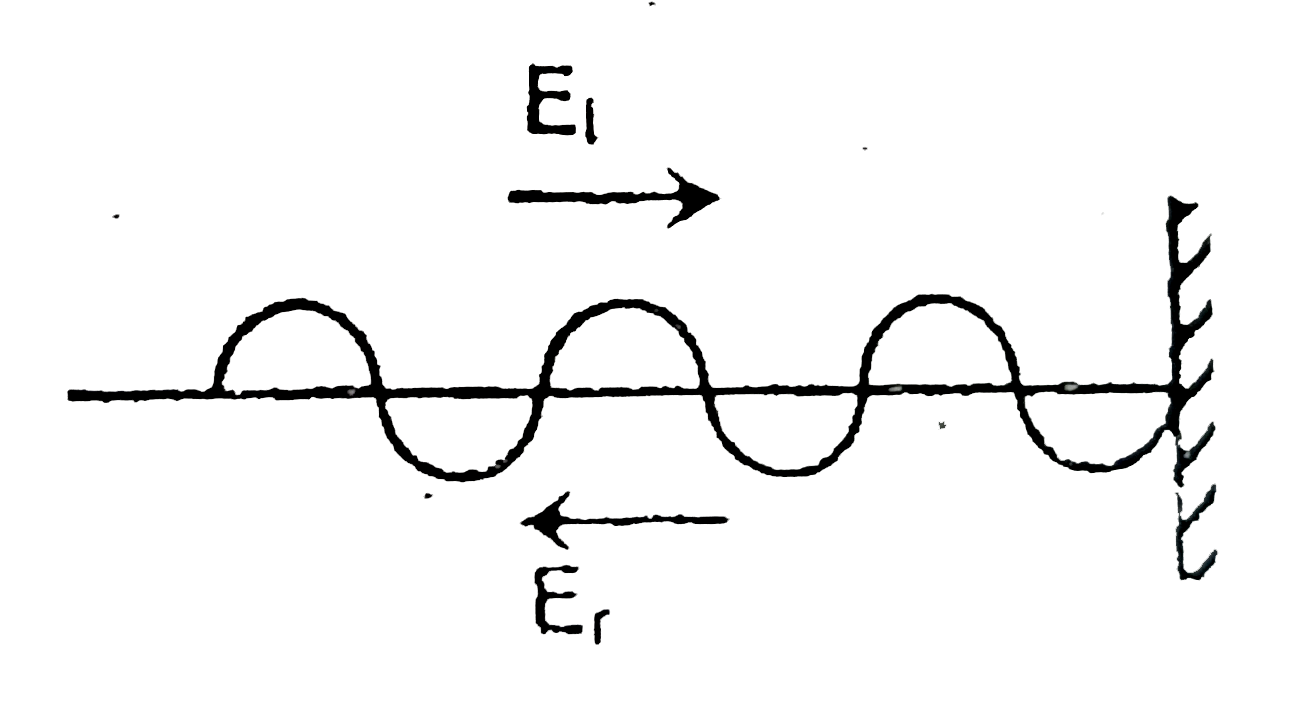A wave of frequency 100 Hz is sent along a string towards a fixed end. When this wave travels back after reflection, a node is formed at a distance of 10 cm frome the fixed end of the string. The speed of incident (and reflected) wave are
The correct Answer is:
Step by step video & image solution for A wave of frequency 100 Hz is sent along a string towards a fixed end. When this wave travels back after reflection, a node is formed at a distance of 10 cm frome the fixed end of the string. The speed of incident (and reflected) wave are by Physics experts to help you in doubts & scoring excellent marks in Class 11 exams.
Updated on:21/07/2023Topper's Solved these Questions
- SUPERPOSITION AND STANDING WAVESBOOK - CENGAGE PHYSICS ENGLISHCHAPTER - SUPERPOSITION AND STANDING WAVESEXERCISE - Subjective Type
2 Videos
- SUPERPOSITION AND STANDING WAVESBOOK - CENGAGE PHYSICS ENGLISHCHAPTER - SUPERPOSITION AND STANDING WAVESEXERCISE - Comprehension Type
5 Videos
- SUPERPOSITION AND STANDING WAVESBOOK - CENGAGE PHYSICS ENGLISHCHAPTER - SUPERPOSITION AND STANDING WAVESEXERCISE - Multiple Correct Answers Type
5 Videos
- SOUND WAVES AND DOPPLER EFFECTBOOK - CENGAGE PHYSICS ENGLISHCHAPTER - SOUND WAVES AND DOPPLER EFFECTEXERCISE - Integer
16 Videos
- THERMODYNAMICSBOOK - CENGAGE PHYSICS ENGLISHCHAPTER - THERMODYNAMICSEXERCISE - 24
1 Videos
Similar Questions
A wave frequency 100Hz travels along a string towards its fixed end . When this wave travels back after reflection , a node is formed at a distance of 10cmfrom the fixed end . The speed of the wave (incident and reflected) is
View SolutionA wave pulse of frequency 200 Hz, on a string moves a distance 8 m in 0.05 s. Calculate the wavelength of wave on string.
View Solution
Knowledge Check
A pulse of a wavetrain travels along a stretched string and reaches the fixed end of the string. It will be reflected back with
Aa phase change of 180∘ with velocity reversed.Bthe same phase as the incident pulse with no reversal of velocityCa phase change of 180∘ with no reversal of velocity.Dthe same phase as the incident pulse but with velocity reversed.
At the open end of organ pipe
View SolutionA string of linear mass density 0.5gcm−1 and a total length 30 cm is tied to a fixed wall at one end and to a frictionless ring at the other end. The ring can move on a vertical rod. A wave pulse is produced on the string which moves towards the ring at a speed of 20cms−1. The pulse is symmetric about its maximum which is located at a distance of 20 cm from the end joined to the ring. (a) Assuming that the wave is reflected from the ends without loss of energy, find the time taken by the string to regain its shape. (b) The shape of the string changes periodically with time. Find this time period. (c) What is the tension in the string ?

View SolutionA sinusoidal wave produced in a stretched string gets reflected and loses 36% of its energy in getting reflected from the fixed end of the string. Choose the correct statement from the

View SolutionThe speed of a wave in a streched string is 20ms−1 and its frequency is 50 Hz. Calculate the phase difference in radian between two points situated at a distance of 10 cm on the string.
View SolutionConsider a string fixed at one end . A travelling wave given by the wave equation y=Asin(ωt−kx) is incident on it . ltbr gt Show that at the fixed end of a string the waves suffers a phase change of π, i.e., as it travels back as if the wave is inverted.
View SolutionIn a standing wave 4 nodes and 3 antinodes are formed between two fixed end of string of length 6 m.Then the wave length of the standing wave is
View SolutionSpeed of sound wave is v. If a reflector moves towards a stationary source emitting waves of frequency f with speed u, the wavelength of reflected waves will be
View Solution
